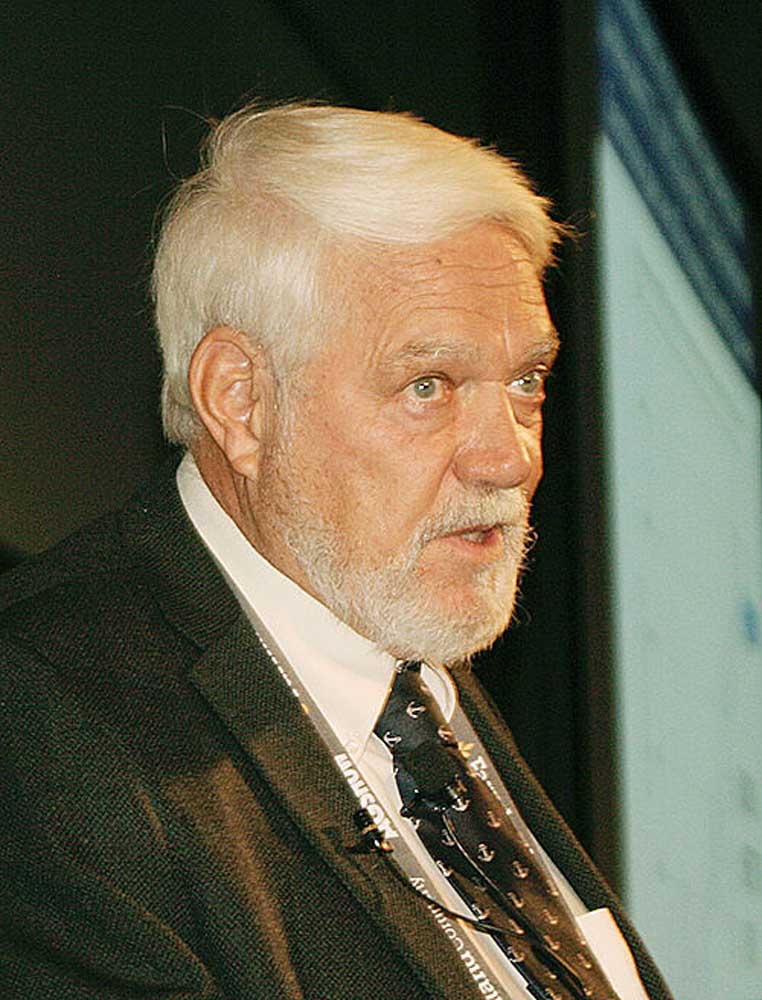Cool, wet spring in store for much of Pacific Northwest
Published 5:45 pm Tuesday, February 1, 2022

- Art Douglas
SPOKANE — Spring and summer will be cool and wet in the Pacific Northwest as the La Niña weather pattern lingers, a top meteorologist told attendees at the recent Spokane Ag Show.
Trending
Art Douglas, professor emeritus of atmospheric sciences at Creighton University in Omaha, Neb., presented his annual weather forecast in February.
“You guys are going to be kind of the lucky folks as we go towards the spring,” Douglas told farmers. “You all have a better sense of how well your crop is established. My feeling is, you’re going to have a pretty good turnaround with that crop because of the spring forecast.”
He pointed to ocean surface temperature forecasts from the National Oceanic and Atmospheric Administration anticipating that La Niña will continue into the summer.
Trending
La Niña and El Niño are complex weather patterns that result from variations in the Pacific Ocean’s surface temperatures.
La Niña will favor a strong North Pacific high pressure system in February, Douglas said.
While the Pacific Northwest will remain cool and wet, the high pressure will effectively block the rest of the West and Midwest from Pacific moisture, he said. This will result in two consecutive dry winter months in a row, Douglas said.
The region will warm up in March, with the only coolness in western Washington and Oregon because their offshore waters are so cold, Douglas said.
He expected a slight cool down in April, then a warm-up again in May.
Most of the U.S. will trend warmer and drier than normal through the spring, Douglas said. Drought will intensify in the Southwest and winter wheat areas of the Plains.
“The Pacific Northwest will trend slightly cooler and wetter than normal and this may improve wheat prospects,” he said.
The forecast suggests the drought in much of the U.S. will intensify in mid-2022, Douglas said. La Niña conditions favor a hot, dry summer throughout the midsection of the country, with the Pacific Northwest on the western edge of the drought.
Douglas predicted eastern and southern Idaho and Montana will be drier than normal.
“The Pacific Northwest kind of stays cooler than normal and a little wetter than normal,” he said. “After having had the cool, wet spring, you’re going to keep on that coolness going into the summer.”
The Plains and the Dakotas will remain “bone dry,” Douglas said, with dryness extending into the western and central Corn Belt, impacting a large portion of U.S. cattle grazing lands with drought.
“I think we’re going to have some major problems going forward in the U.S. in terms of summer crops,” Douglas said.
Douglas said this year will most resemble the years 2000, 2011, 2012 and 2013 — “all terrible years in the midsection of the country.”
Those were all La Niña years, he said. But the next set of years that the year could most resemble all turned into El Niño by the next the summer.
“We’re at a tipping point in terms of the correlation,” Douglas said. “This is telling me that probably next year it’s going to pop. We’ll keep La Niña going this year, but come 2023, we’re likely to see early El Niño develop, say about March of 2023.”
A farmer asked Douglas the outlook for temperature and precipitation come September.
“My contract read ‘only forecast through August,’” Douglas joked before answering. “With La Nina continuing, there’s no reason not to believe it won’t be like last September and the September before, which were all warm and dry.”
Warmth and dryness will creep into the region in June, July and August, he said.
“I think by September, the best bet is warmer and drier,” Douglas said.
Douglas has been speaking at the show since about 1978.









